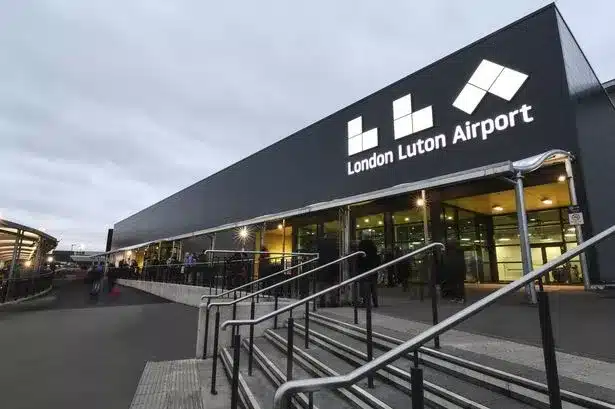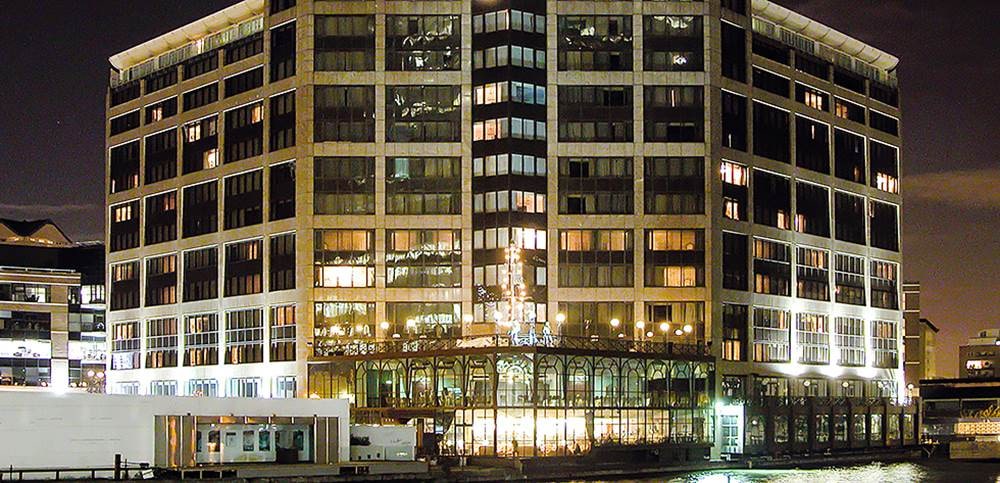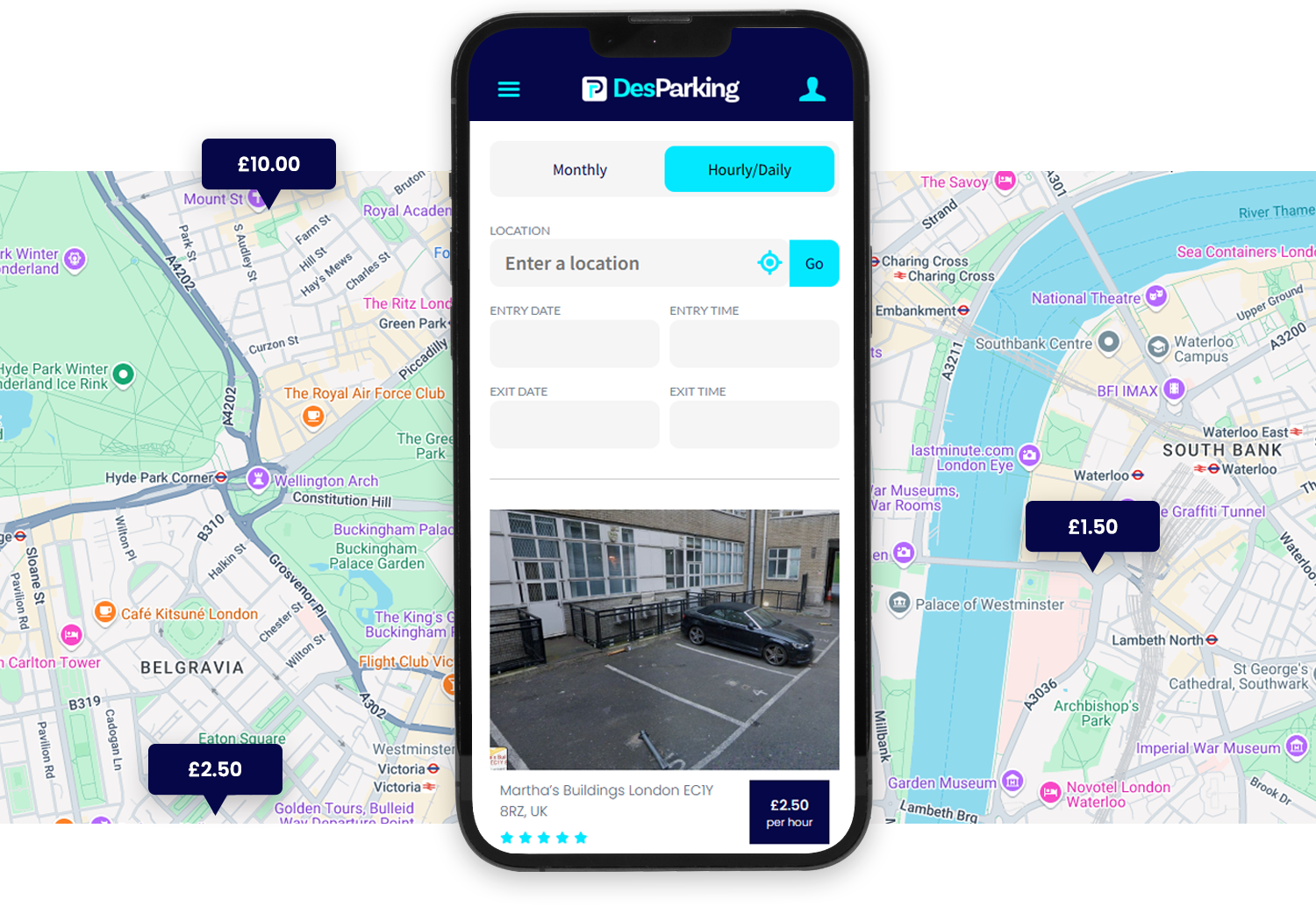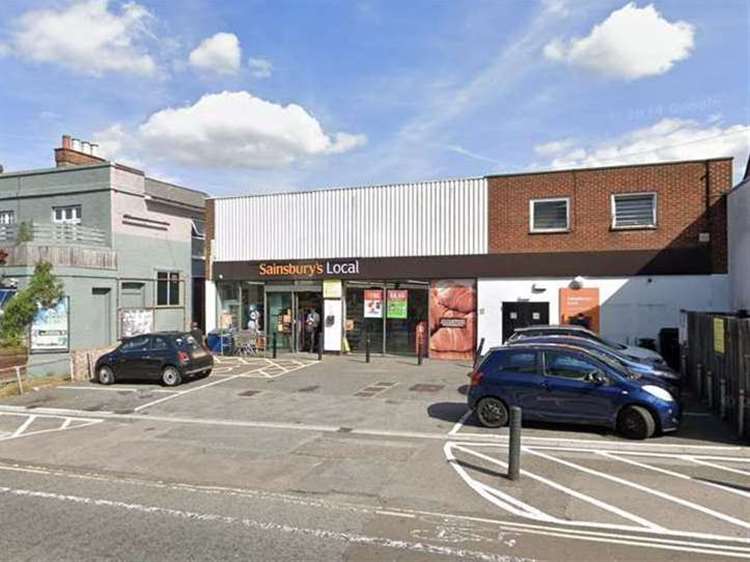New Lancaster Parking Strategy Aims to Ease Concerns Over Space Shortages

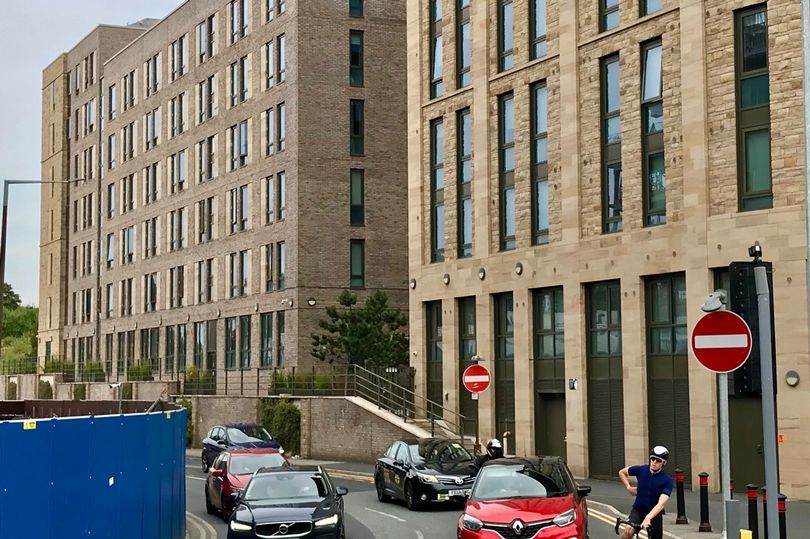
Lancaster City Council is set to consider a revised parking strategy that aims to allay longstanding concerns about the future availability of car parking in the city centre. The updated plan, which follows an extensive public and business consultation, seeks to balance the need for accessible parking with the city’s broader ambitions around climate action, sustainable travel, and urban development.
A Collaborative Consultation to Shape the Future
The revised car parking strategy has been developed following a detailed consultation process carried out in 2023. The City Council actively engaged with key stakeholders, including the Lancaster and Morecambe Chamber of Commerce, Lancaster Business Improvement District (BID), and the Lancaster Grand Theatre. Additionally, the process involved public briefings, online engagement campaigns, and face-to-face meetings with residents and local organisations.
The feedback gathered was instrumental in shaping the new strategy, which aims to address concerns about space availability, especially in light of potential land sales and new housing or commercial developments, particularly within the Canal Quarter area.
Parking Availability and Congestion Challenges
According to the council's latest report, the current arrangement of city centre parking is contributing to traffic congestion and inefficient vehicle circulation. Many of the existing parking facilities are not optimally located, nor do they effectively support the council’s commitment to encouraging alternative, low-emission modes of transport.
Parking in Lancaster is currently spread across various locations and ownerships. This includes off-street car parks owned by Lancaster City Council or private operators, on-street parking managed by Lancashire County Council, supermarket car parks, and the park-and-ride facility located off Junction 34 of the M6 motorway.
Projected Parking Capacity and Development Impacts
The council report outlines that by making strategic adjustments and bringing some currently unavailable sites back into operation, the number of general-use parking spaces could reach approximately 1,584 by late 2028. This figure sits within the council’s broader target range of between 1,400 and 1,500 spaces.
At present, Lancaster City Council oversees a total of 1,624 parking bays, of which approximately 1,589 are accessible for general public use. However, due to the temporary closure of the Castle Car Park — which is privately owned and currently shut for structural reasons — the number of available spaces has dropped to 1,329.
To mitigate these losses, several alternative options are being explored:
-
Kingsway Car Park, currently offering 16 general-use bays, could be expanded to include an additional 100 spaces.
-
Edward Street Car Park currently features 112 spaces, and a second phase known as Edward Street 2 could add a further 60 spaces.
-
Castle Car Park, if reopened, could contribute a significant 287 spaces, pending agreements with its private owner and resolution of structural issues.
-
Moor Mills 4 provides around 100 spaces, although its availability is limited to evenings, weekends, and bank holidays.
However, some existing spaces are expected to be lost. For example, the combined 203 spaces at Upper and Lower St Leonardsgate may be removed by 2027, and the 120 spaces at Nelson Street are also set to be withdrawn.
Key Themes from Public and Business Feedback
The revised strategy has been directly influenced by stakeholder feedback. Key themes emerging from the consultation include:
-
A phased and realistic approach to reducing or relocating parking: especially important if existing car parks are earmarked for redevelopment.
-
Improved data collection and analysis to understand real-time usage patterns and peak demand periods.
-
Clearer communication and transparency throughout the consultation and implementation process.
-
Integration with wider transport and urban planning strategies, such as improving public transport links and introducing mobility hubs.
-
Assurance around the feasibility and location of new car parks or multi-storey facilities, particularly any with a focus on green travel.
These insights have helped shape a strategy that reflects both the immediate needs of businesses and residents, and the council’s long-term environmental and infrastructure goals.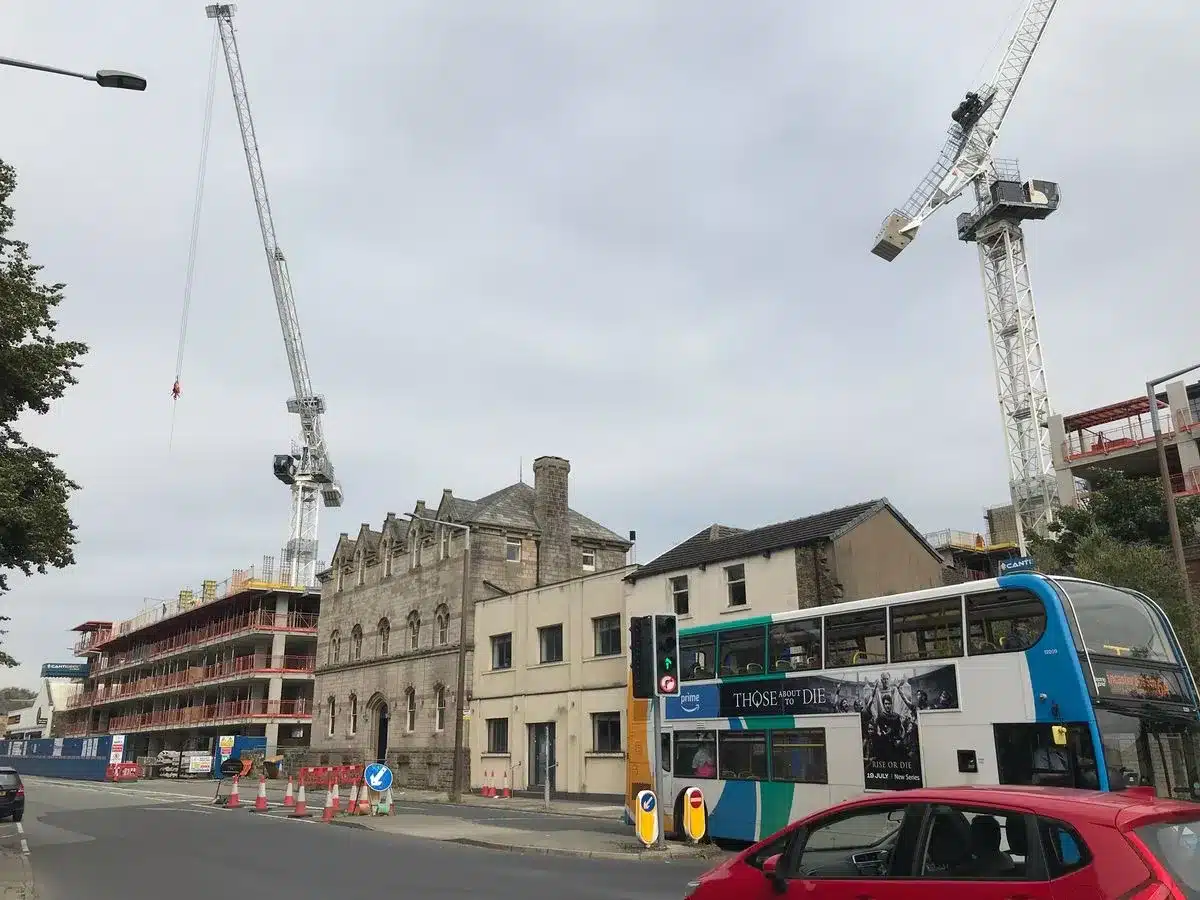
Strategic Alignment and Next Steps
Council officers are recommending that the cabinet formally approve the updated strategy at the next council meeting. They emphasise that the revised plan not only delivers greater clarity around parking provision but also complements Lancaster’s broader policy goals relating to economic growth, housing development, and sustainability.
Importantly, the strategy will be linked with budget planning at the local authority level and with larger-scale regional transport initiatives. Major transport funding and planning responsibilities now fall under the remit of Lancashire County Council, the newly formed Lancashire Combined County Authority, and various national infrastructure agencies.
Towards a Smarter, Greener City Centre
With urban areas across the UK facing mounting pressure to reduce emissions and modernise transport networks, Lancaster’s revised parking strategy is a step towards a more sustainable and accessible city centre.
By carefully balancing the demand for parking with efforts to reduce car dependency, the strategy highlights a pragmatic path forward. If successful, it could serve as a blueprint for similar-sized cities grappling with the dual challenges of development and environmental responsibility.
As the proposal heads to cabinet for approval, local businesses, residents, and commuters alike will be watching closely — hoping this new approach delivers on its promises of clarity, capacity, and cleaner transport.
Posted on 4 July 2025


